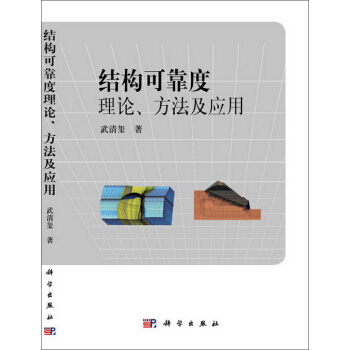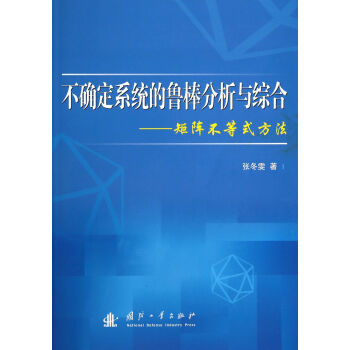![核物理學 [Nuclear Physics in a Nutshell]](https://pic.tinynews.org/11316301/rBEhWFI4U_oIAAAAAAKLQE1jVwwAADQ5gLUkg4AAotY827.jpg)

具體描述
內容簡介
The general idea of the book is to present basic information on the atomic nucleus and the simple theories that try to explain it. Although there is reference to experiments or measurements when I find it necessary, there is no attempt to describe the equipment and methods of experimental nuclear physics in a systematic and consistent way. In the same way, practical applications of nuclear physics are mentioned sporadically, but there is no commitment to giving a general panorama of what exists in this area.In the ordering of the subjects, I chose to begin with a study of the basic components of the nuclei, the protons and neutrons, and of other particles that compose the scenario of nuclear processes. Pions and quarks play an essential role here, and a summary of their properties is presented.
In chapter 1 the properties of hadrons are summarized. Chapters 2 and 3 treat the system of two nucleons, the deuteron and the nucleon-nucleon interaction, while in the next chapter the properties of nuclei with any number of nucleons is introduced. The nuclear models that have been developed in an effort to explain these properties are described in chapter 5.
Chapters 6 to 9 work with nuclear transformations, starting with a general study of radioactive properties followed by the description of alpha, beta, and gamma decay.
Chapters 10 and 11 embrace the second great block of study in nuclear physics, nuclear collisions, and chapter 12 treats the role of nuclear physics for stellar evolution in several contexts of astrophysics.
Chapter 13 discusses the rapidly growing field of rare nuclear isotopes, short-lived nuclei far from the valley of stability.
An adequate level for a complete understanding of this book corresponds to a student studying at the end oaf first degree in physics, including, besides basic physics, a course in modern physics and a first course in quantum mechanics. Students of other exact sciences and of technology in general, can profit in good part from the subjects presented in this book.
內頁插圖
目錄
Introduction0.1 What is Nuclear Physics?
0.2 This Book
1 Hadrons
1.1 Nucleons
1.2 Nuclear Forces
1.3 Pions
1.4 Antiparticles
1.5 Inversion and Parity
1.6 Isospin and Baryonic Number
1.7 Isospin Invariance
1.8 Magnetic Moment of the Nucleons
1.9 Strangeness and Hypercharge
1.10 Quantum Chromo dynamics
1.11 Exercises
2 The Two-Nucleon System
2.1 Introduction
2.2 Electrostatic Multipoles
2.3 Magnetic Moment with Spin-orbit Coupling
2.4 Experimental Data for the Deuteron
2.5 A Square-well Model for the Deuteron
2.6 The Deuteron Wave function
2.6.1 Angular momentum coupling
2.6.2 Two particles of spin 1/2
2.6.3 Total wave function
2.7 Particles in the Continuum: Scattering
2.8 Partial Wave Expansion
2.9 Low Energy Scattering
2.10 Effective Range Theory
2.11 Proton-Proton Scattering
2.12 Neutron-Neutron Scattering
2.13 High Energy Scattering
2.14 Laboratory and Center of Mass Systems
2.15 Exercises
3 The Nucleon-Nucleon Interaction
3.1 Introduction
3.2 Phenomenological Potentials
3.3 Local Potentials
3.3.1 Nonlocal potential
3.4 Meson Exchange Potentials
3.4.1 Yukawa and Vander Waals potentials
3.4.2 Field theory picture
3.4.3 Short range part of the NN interaction
3.4.4 Chiral symmetry
3.4.5 Generalized boson exchange
3.4.6 Beyond boson exchange
3.5 Effective Field Theories
3.6 Exercises
4 General Properties of Nuclei
4.1 Introduction
4.2 Nuclear Radii
4.3 Binding Energies
4.4 Total Angular Momentum of the Nucleus
4.5 Multipole Moments
4.6 Magnetic Dipole Moment
4.7 Electric Quadrupole Moment
4.8 Excited States of Nuclei
4.9 Nuclear Stability
4.10 Exercises
5 Nuclear Models
5.1 Introduction
5.2 The Liquid Drop Model
5.3 The Fermi Gas Model
5.4 The Shell Model
5.5 Residual Interaction
……
6 Radioactivity
7 Alpha-Decay
8 Beta-Decay
9 Gamma-Decay
10 Nuclear Reactions-I
11 Nuclear Reactions-II
12 Nuclear Astrophysics
13 Rare Nuclear Isotopes
Appendix A Angular Momentum
Appendix B Angular Momentum Coupling
Appendix C Symmetries
Appendix D Relativistic Quantum Mechanics
Appendix E Useful Constants and Conversion Factors
References
Index
前言/序言
用戶評價
我對這本書的期待,更多地來自於它所代錶的那個領域本身。核物理,聽起來就有一種“力量感”,它涉及的那些粒子碰撞、能量釋放,感覺像是宇宙中最根本的“引擎”在運轉。我不知道這本書會以什麼樣的視角來切入,但如果它能讓我理解,為什麼在如此微小的尺度上,會有如此巨大的能量積聚,那將是多麼令人震撼的體驗。我猜測它會循序漸進地介紹一些基本的概念,比如原子核的構成,核力的性質,以及不同類型的衰變。我希望它能用一種富有邏輯性的方式,將這些零散的知識點串聯起來,形成一個完整的知識體係。也許它還會涉及到一些前沿的核物理研究,比如粒子加速器,或者高能物理實驗,為我打開一扇瞭解現代科學研究的窗口。我期待它能不僅僅是科普,更能激發我對科學探索精神的認同。
評分拿到這本書的時候,我第一時間就被它的名字吸引瞭。感覺它就像一本“速成指南”,能夠在短時間內讓我對核物理這個曾經覺得遙不可及的領域有一個全新的認識。我一直對“核”這個字眼既敬畏又好奇,它既代錶著巨大的能量,也伴隨著一些未知與神秘。這本書能否幫助我解開這些謎團?我猜測它可能會從最基本的粒子結構講起,然後逐步深入到更復雜的核反應和核衰變過程。我希望它能解釋清楚,為什麼某些原子核會不穩定,為什麼會釋放齣能量,以及這些能量是如何被利用或産生的。也許它還會觸及到一些核物理學的應用,比如在天體物理學中的角色,或者在核武器研發的曆史中的位置。盡管我無法預知具體內容,但“In a Nutshell”這個副標題給瞭我很大的信心,它似乎在承諾,無論多麼深奧的理論,都會被提煉成易於消化、直擊核心的知識。
評分這本書的封麵設計倒是挺彆緻的,簡約而又不失專業感,深邃的藍色背景搭配銀白色的字體,仿佛預示著宇宙深處的奧秘即將在這本書中徐徐展開。我一直對宏觀宇宙和微觀粒子都充滿瞭好奇,而核物理正好是連接這兩者的橋梁。想象一下,那些構成我們所知的一切的微小粒子,它們內部是如何運作的?能量的産生與釋放,元素的轉化,這些都是多麼令人著迷的現象。雖然我對書的具體內容還一無所知,但僅憑這封麵給我的感覺,就足夠激發我探索的欲望瞭。我期待它能夠用一種既嚴謹又不失趣味的方式,為我揭示核物理學那引人入勝的一麵。也許它會讓我對原子核的結構、核力、放射性衰變等基本概念有更深入的瞭解。我希望它能像一位博學的嚮導,帶領我在原子核的奇妙世界裏穿梭,解答我心中那些關於物質最基本構成的疑問。畢竟,瞭解核物理,就等於在窺探宇宙的起源和演化,這本身就是一件令人興奮的事情。
評分我常常在想,我們每天呼吸的空氣,腳下踩踏的土地,甚至我們身體裏的每一個細胞,其核心都隱藏著怎樣的能量密碼?這本書的名字聽起來就很有意思,"In a Nutshell" 讓我聯想到那種“濃縮精華”的感覺,希望它不是那種過於晦澀難懂的學術著作,而是能夠以一種相對容易理解的方式,嚮我們展示核物理學的精髓。我非常好奇,它會如何解釋那些我們日常生活中聽到的,比如核能發電,或是醫學上使用的放射性同位素。這些技術背後支撐的原理,是否都可以在這本書中找到清晰的脈絡?我期待它能用生動的比喻和清晰的圖示,將那些抽象的概念具象化,讓非專業人士也能領略到核物理學的魅力。畢竟,科學不應該隻是少數專傢的專利,它應該能夠觸及每一個普通人的好奇心。我希望它能點燃我對科學的火花,讓我看到隱藏在日常之下的,那股驅動宇宙運轉的強大力量。
評分這本書的標題,"Nuclear Physics in a Nutshell",光是聽起來就有一種“硬核”但又“包羅萬象”的感覺。我總覺得,核物理是理解物質世界最底層的關鍵之一,它揭示瞭構成我們一切的基石。我好奇這本書會如何“濃縮”這個龐大的領域。它是否會從質子、中子這些基本粒子講起,然後深入到原子核的穩定性、核反應的類型,甚至是核鏈式反應的原理?我希望它能以一種清晰、簡潔的語言,來闡述這些復雜的概念,避免過於枯燥的數學推導,而是側重於概念的理解和原理的闡釋。也許它還會討論核物理學在能源、醫療、國防等領域的應用,讓我看到這個學科的現實意義。我期待它能成為我認識核物理世界的“敲門磚”,讓我能夠站在一個更高的起點,去理解那些關於宇宙最深刻的奧秘。
評分質量好。值得購買,推薦
評分核yG物Rje理學 核yG物Rwje理學 核yGEG物RjYe理學 核yQGE物RjYe理學 核byG物Rje理學
評分核yG物Rje理學
評分好
評分書不錯,活動價買的,希望買瞭彆束之高閣
評分喜歡核物理學且英語好的人,建議購買。
評分核yG物Rje理學
評分核物理基礎,裏麵內容倒沒什麼特彆的。書的印刷質量不怎麼樣,有好幾頁可以清楚地看到背麵的字,影響閱讀
評分喜歡核物理學且英語好的人,建議購買。
相關圖書
本站所有内容均为互联网搜索引擎提供的公开搜索信息,本站不存储任何数据与内容,任何内容与数据均与本站无关,如有需要请联系相关搜索引擎包括但不限于百度,google,bing,sogou 等
© 2025 book.tinynews.org All Rights Reserved. 静思书屋 版权所有

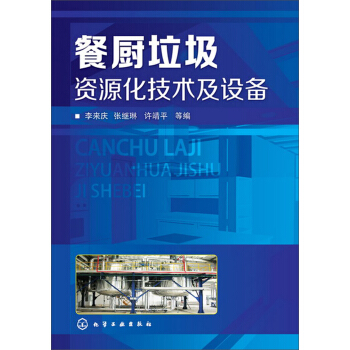
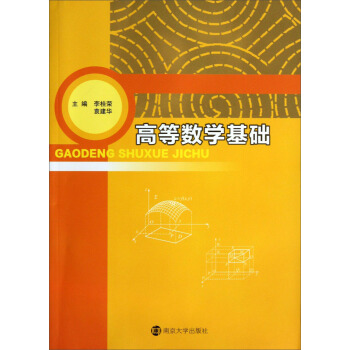
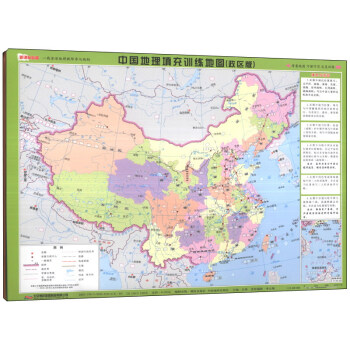
![數據分析與建模方法 [Data Analysis and Statistical Modeling] pdf epub mobi 電子書 下載](https://pic.tinynews.org/11351371/rBEhVVKBgCoIAAAAAAC8CizRM4gAAFhHgJnuLEAALwi863.jpg)
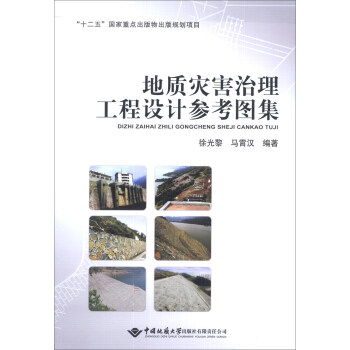
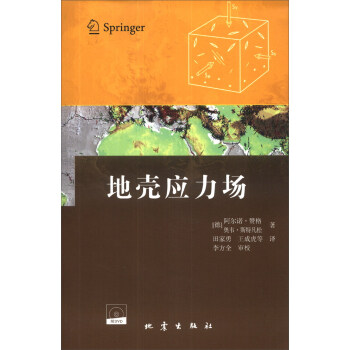
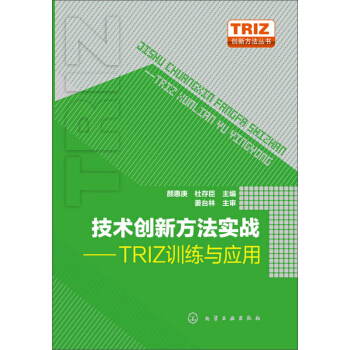

![大學物理學(下冊) [University Physics (Volume II)] pdf epub mobi 電子書 下載](https://pic.tinynews.org/11404522/rBEhVFMOmZoIAAAAAAJZU92vWDsAAJIngO5DbYAAllr782.jpg)

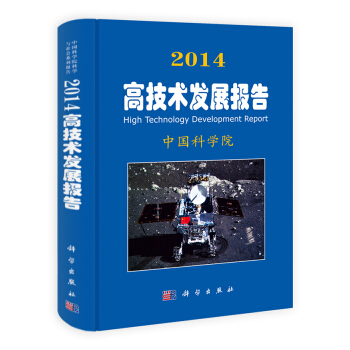
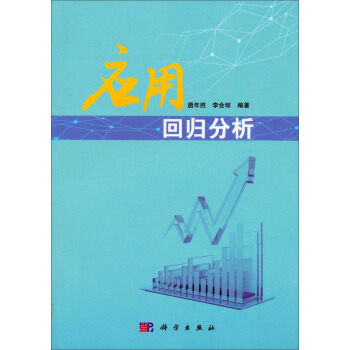
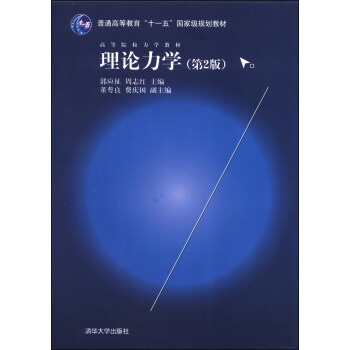

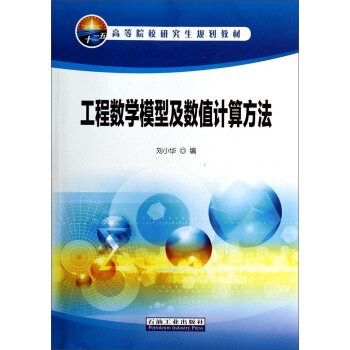
![工程斷裂力學簡明教程 [An Introduction to Engineering Fractrue Mechanics] pdf epub mobi 電子書 下載](https://pic.tinynews.org/11490517/53d98610N27c4c25b.jpg)
